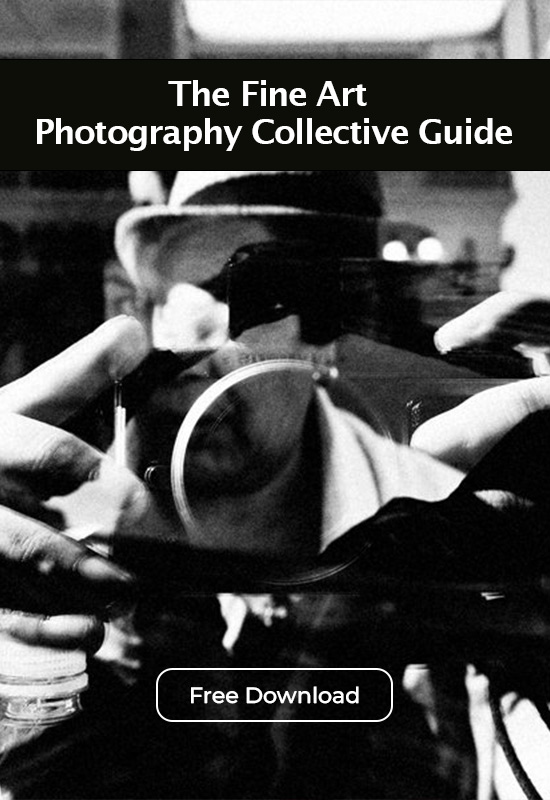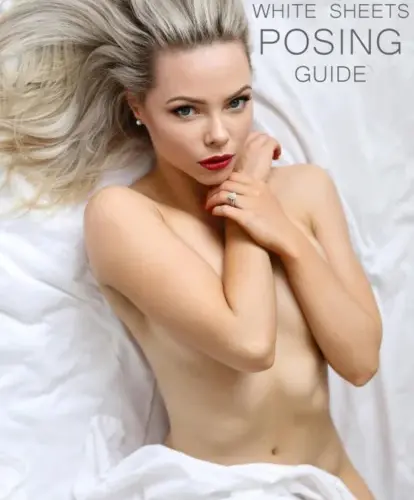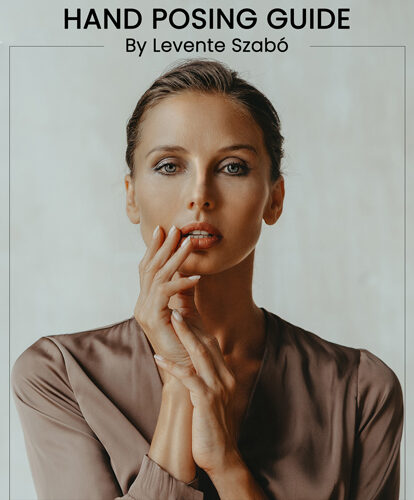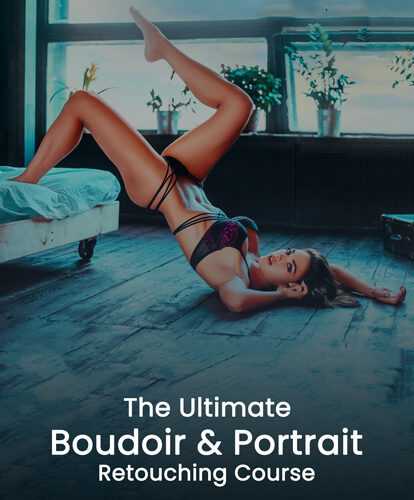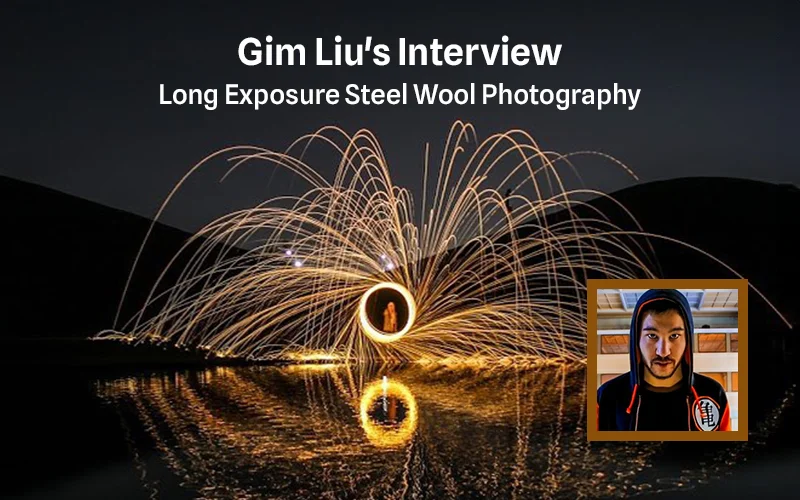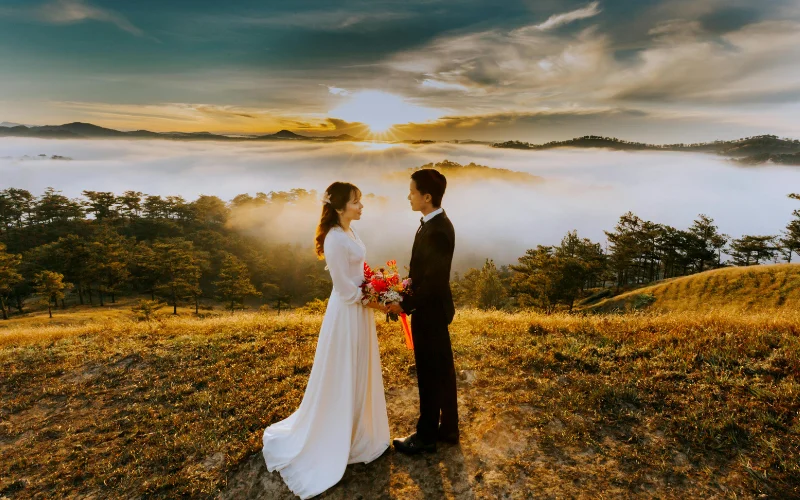In the world of photography, some artists go beyond the ordinary and capture the true essence of life and the beauty that surrounds us. one of them being a fine art portrait photographer.
One such fantastic artist is Peter Dazeley, who is known as Dazeley. He is a fine art portrait photographer who has painted vivid portraits of London’s soul.
Dazeley was born and raised in West Kensington, London, in 1948. His journey to becoming a famous photographer is a testament to his determination and creative talent, despite facing challenges like dyslexia and leaving school at the young age of 15 without formal qualifications.
However, his dedication to the art of photography has brought him great recognition, including a Fellowship from The Royal Photographic Society and the prestigious British Empire Medal.
These honors acknowledge his outstanding contributions to photography and his philanthropic work.
As a life member of the Association of Photographers, Dazeley has significantly impacted the world of photography.
He is renowned for his meticulous planning and innovative problem-solving skills, which have paved the way for many industry-standard photographic techniques.
Today, we have the privilege of exploring the remarkable life and successful career of this extraordinary artist whose unique gift lies in turning the ordinary into something extraordinary.
Q1. Can you tell us about your photography journey? What inspired you to become a photographer?
Ans. In 1950s and 60s I was educated at Holland Park school in London with the most amazing facilities including photographic darkrooms and studios, where I was taught with plate cameras and glass plate negatives.
I had undiagnosed dyslexia, so I was failing at school but luckily photography discovered me. Aged 15, with my Mum, I went for an interview as an assistant photographer at an advertising studio. I got the job and never went back to school.
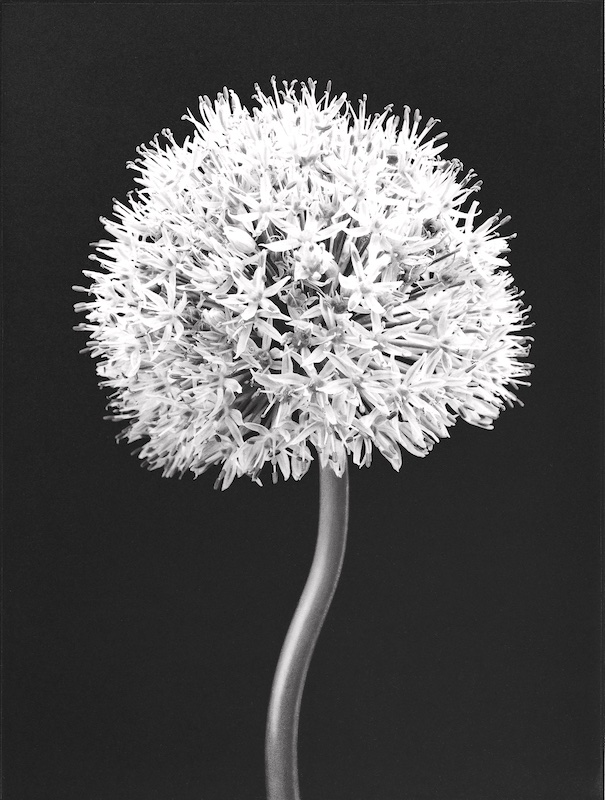
Q2. Your portfolio showcases a wide range of subjects, from architecture to portraiture. What draws you to these different genres, and do you have a favorite?
Ans. I love my advertising work, as it gives me the opportunity to shoot all sorts of subjects. I especially love creating imagery with brilliant art directors and designers.
Quite often I’ll be shooting subjects that push me in places I wouldn’t go. But the joy of working with great talent, is that when you see the finished Campaign, it’s like Wow, the creatives took me to somewhere I wouldn’t have got to on my own.
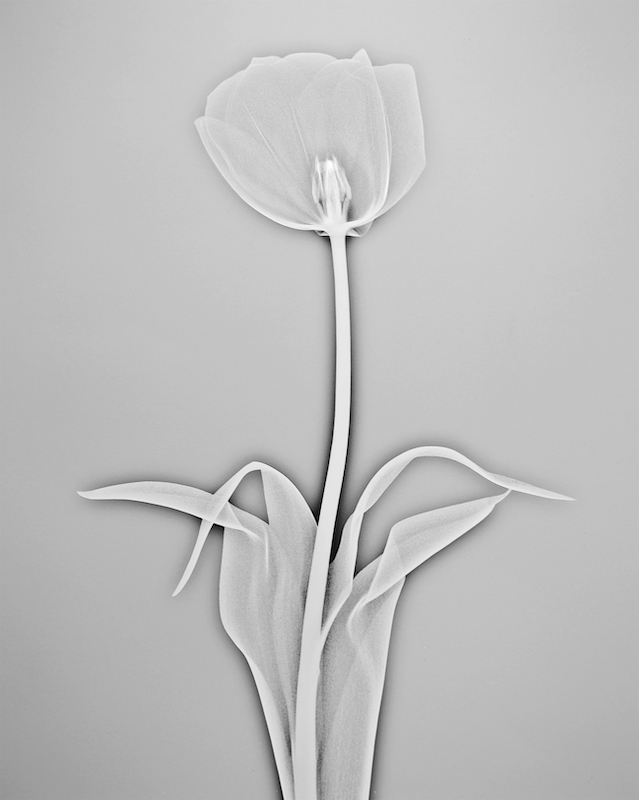
Q3. Many of your photographs feature stunning architectural details. How do you approach capturing the essence of a building or space through your lens?
Ans. I always research locations, but I go along with an open mind, to see what magic can be created. I pretty much shoot using natural light and long exposures where necessary. To capture the atmosphere of the building.
Q4. Your book “Unseen London” received critical acclaim. Can you share some insights into the process of uncovering hidden gems in a well-known city like London?
Ans. As a born bred Londoner, I thought I knew London well, but I have continued, through my 4 London books, to make amazing discoveries.
Places I never knew existed, but preparation before a shoot is long and hard. Gaining access permission can often take a very long time.
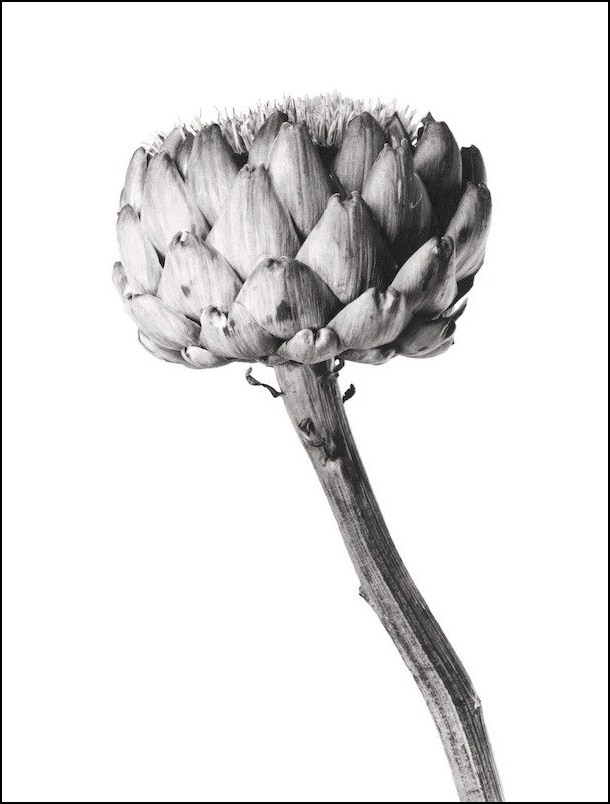
Q5. Could you describe a particularly memorable or challenging photography project you’ve undertaken in your career?
Ans. Right now, I’ve completed, and am waiting for, the first books to arrive of my new fine art book ‘Monochrome’, being published October 2023 by Trope out of Chicago.
Working with the lovely publisher, Sam Landers. This was a new project taking a completely different direction creatively.
It is very exciting. It is the opposite of AI, it’s about taking photography back to its origins, using Platinum Printing with the original platino type method devised by William Willis in 1873. I work with Max Caffell of 31 Studios, the foremost platinum printers in the UK.
There is no reliance on factory prepared material. I’m so proud, the book is beautiful. It is available to preorder on Barnes and Noble and Amazon.
Q6. What equipment and camera gear do you typically use for your photography, and do you have any favorite tools or techniques?
Ans. Having being taught at school on plate glass cameras with glass negatives and worked on 10×8 and 5×4 Sinar cameras and Hasselblad, I’m now using Nikon digital cameras almost exclusively.
Also, my new iPhone 15 pro, which gives me enormous files. The huge advantage of using smaller cameras is always having one with me, so I never miss a photo opportunity.
Digital cameras are wonderful. They have amazing latitude. Working with a transparency, you only had to be a bit under or a bit over and the image would be useless.
It’s brilliant at dealing with mixed light, long exposures. Great autofocus. Interestingly mobile phones are developing faster.
I was in Florida at Christmas and was on the beach in Naples at sunset. I was shooting on an expensive Nikon.
My kids were shooting on an iPhone. The way that the iPhone dealt with the shot being backlit by the sun was brilliant, far better than my Nikon.
Apple has in excess of 800 engineers working on the camera of the iPhone alone. I’ve just bought an iPhone 14 pro, which shoots 45 megabits. I will be shooting much more on my phone in the future.
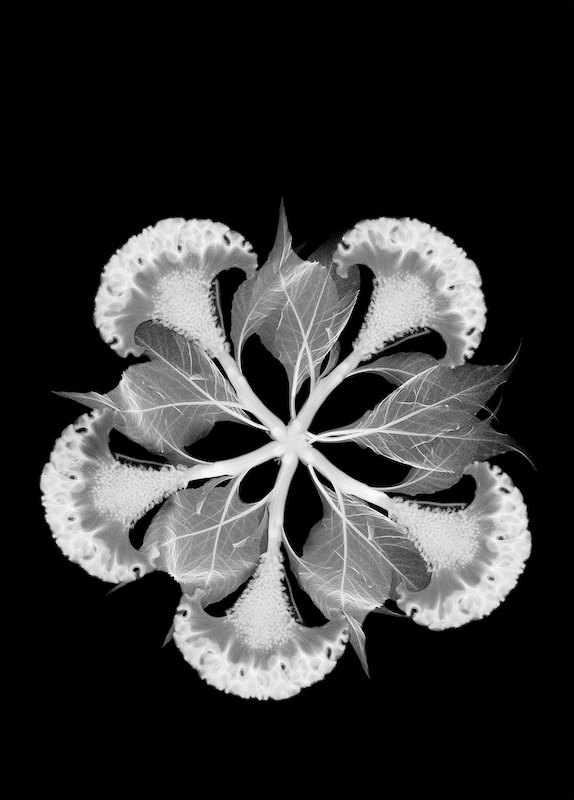
Q7. Light plays a crucial role in photography. How do you work with natural and artificial light sources to create the desired mood in your images?
Ans. I love God’s lighting! (a single light source). Natural and simple, with reflectors if necessary. But if I’m in the studio, I love experimenting with ring flash, hard spotlights, and also very big softbox flashlights.
Q8. Post-processing is a significant aspect of photography. Can you share your approach to editing and enhancing your photos?
Ans. I love working with my digital assistant Esther Salmon. I could never be as good as she is in dealing with post production of my imagery.
It is lovely to work together. Just as with make-up artists, stylists, model makers etc. It is always a team effort, adding value to what I do.
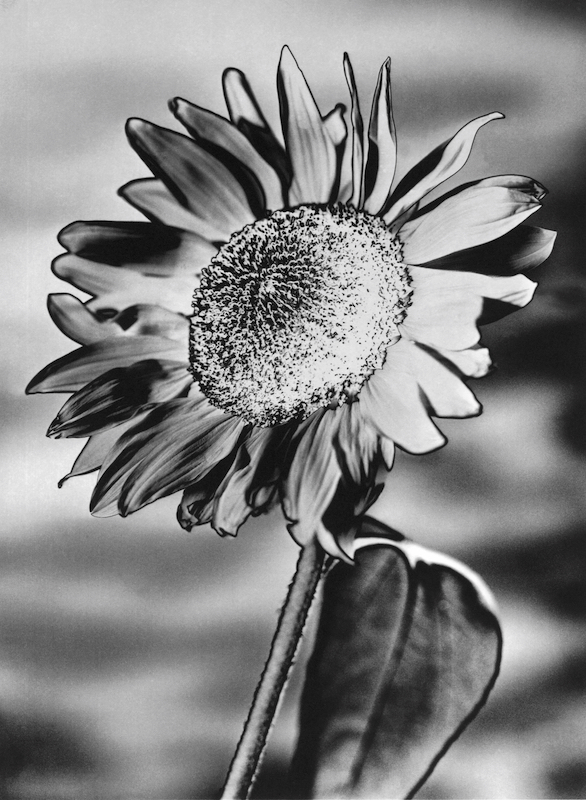
Q9. Your portfolio also includes portraits of well-known individuals. What’s your approach to capturing the personality and essence of your subjects in portrait photography as a fine art portrait photographer?
Ans. The reality is that you never have any time with a celebrity. They are usually filming a video next door and you have three minutes of their coffee break to produce a fantastic stills shot.
So again, preparation is vital. There are no second chances. One of the things that makes portrait photography quite difficult is that we all have an idea of what we look like, as we are used to seeing ourselves in a mirror at a reversed image of ourselves.
So, seeing a photo always looks odd to people. I love sharing images with the sitter, so they can have an input into the shoot.
Q10. In the digital age, with everyone having a camera in their pocket, what do you think sets a professional fine art portrait photographer like yourself apart from the rest?
Ans. As well as my recent fine art portrait work, I am an advertising photographer, which can be stressful, with deadlines and briefs to work to.
So, away from the chaos of advertising, I have always relaxed by working on my own projects and experimenting, as a way of dealing with those pressures.
It is wonderfully relaxing to have time to try new things, and a lot of this work can be seen in my new book, Monochrome.
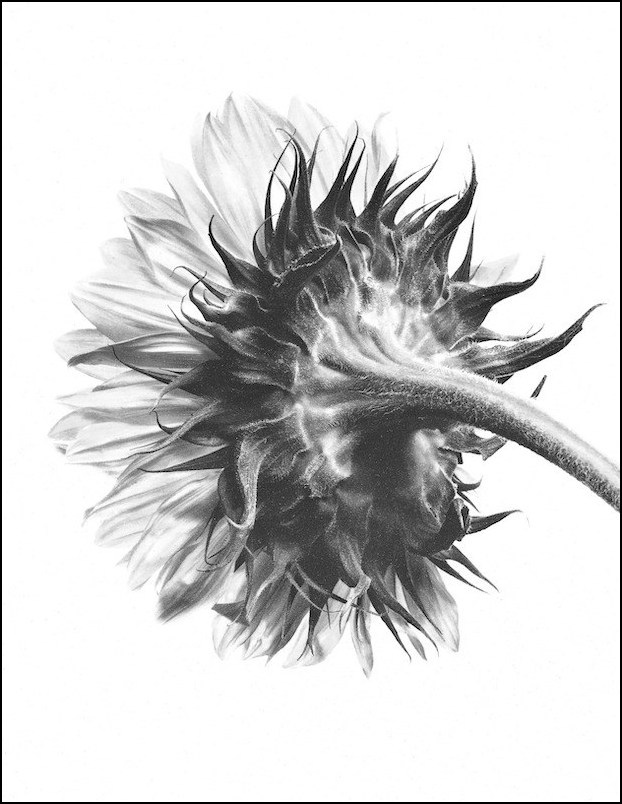
Q11. Your “London’s Secret Places” series reveals hidden and mysterious locations. Can you share some of the stories or experiences associated with photographing these secret places?
Ans. My book Unseen London was a huge amount of fun to do. I loved blagging my way into secret and hidden locations and sharing pictures of my wonderful City with my readers.
After many requests, in my second book I give details of places you can visit with details of how to go about it. I encourage everyone to get out there and have an adventure.
Discover something new. It’s so exciting. My series of books have been extraordinarily successful three of them doing second editions.
Q12. Do you have any advice for an aspiring fine art portrait photographer looking to make a career out of their passion for photography
Ans. Always have a camera with you – there have been several times when I have seen things and I really wish I had had a camera to record it.
Experiment like mad. For my work featured in my new Monochrome book I have used all sorts of techniques such as anamorphic lenses, mammograms, x-rays, limited focus.
Don’t wait for the phone to ring, go out and make it happen. Get your work seen. Be prepared for knock backs, have thick skin and feel good about yourself
Sign and date your pictures and put them on the wall, be proud of your work I have done a great deal of pro bono work for charities over my career. I’m still continuing to do that, which is my way of giving back.
I have also mentored many young aspiring photographers with work experience and advice. Helping them navigate a career as a photographer.
I also love giving talks, doing podcasts and radio & TV about my work. To share my world, my experiences and the joy of being a photographer. No two days are the same. I feel I have been very lucky.
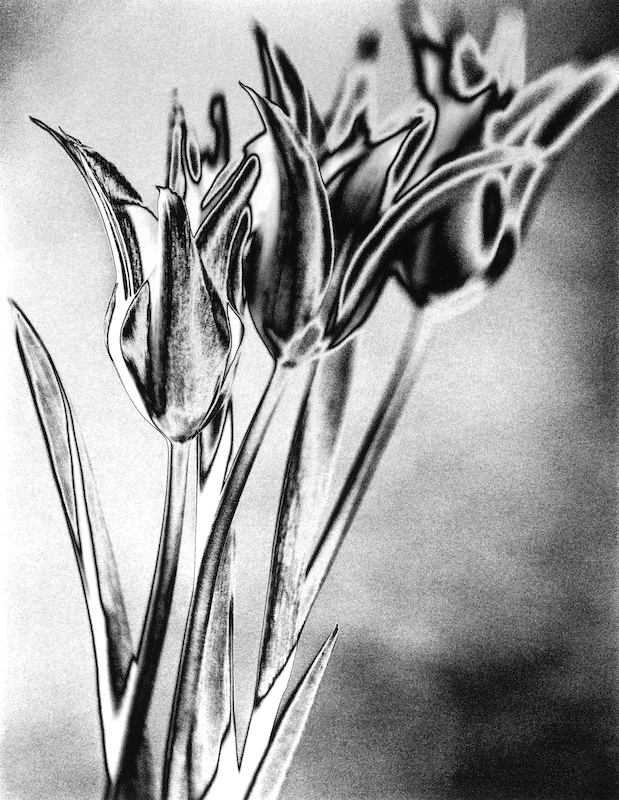
Conclusion:
Peter Dazeley is an amazing fine art portrait photographer who goes beyond the ordinary to capture the true essence of life and the beauty that surrounds us.
Additionally, his dedication to photography has earned him many awards, including a Fellowship from The Royal Photographic Society and the prestigious British Empire Medal.
As a lifelong member of the Association of Photographers, he has made a significant impact on the world of photography. Also, Dazeley’s careful planning and innovative problem-solving skills have led to the development of many popular photographic techniques that are widely used in the industry.
Although, his journey shows us the importance of never giving up, being creative, and having a strong passion for turning ordinary things into something extraordinary.
We are lucky to learn about the incredible life and successful career of this extraordinary fine art portrait photographer, whose journey has been filled with endless inspiration and a deep love for the art of photography.
To view more of Peter’s work, click here.

